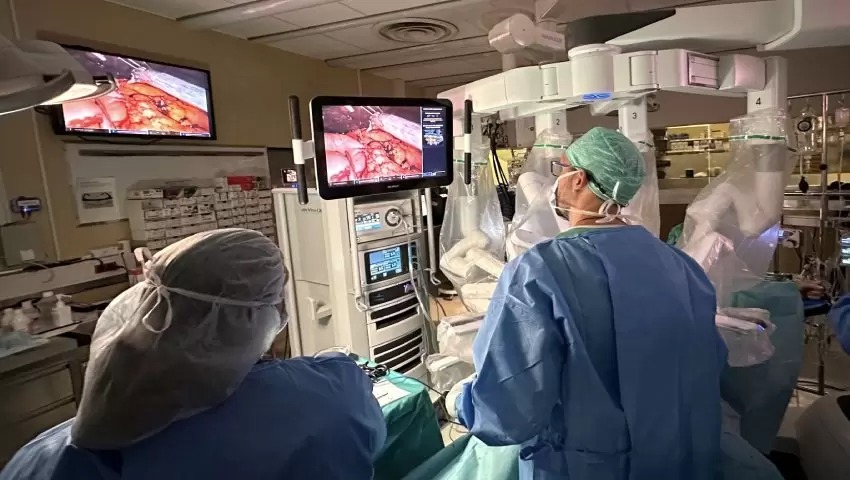
Is the Robotic Whipple Procedure the New Gold Standard for Pancreatic Cancer?” by Dr. Srivatsan Gurumurthy explores the transformative impact of robotic-assisted surgery on pancreatic cancer treatment. Dr Gurumurthy, a leading pancreatic cancer surgeon at GEM Hospital in Chennai, explains how the robotic Whipple procedure—also known as robotic pancreaticoduodenectomy—redefines surgical standards for carefully selected patients.
Understanding the Robotic Whipple Procedure
The Whipple procedure involves the removal of the pancreas’s head, duodenum, gallbladder, and part of the bile duct. Traditionally performed through open surgery, this complex operation has evolved with robotic assistance. Surgeons now utilize robotic arms controlled from a console, offering enhanced precision and 3D visualization. This advancement is particularly beneficial in delicate areas like the pancreas, where millimeter-level accuracy is crucial.
Advantages for Patients
Dr. Gurumurthy highlights several patient-centric benefits of the robotic approach:
- Faster Recovery: Minimally invasive techniques lead to quicker healing and shorter hospital stays.
- Reduced Pain: Smaller incisions result in less postoperative discomfort.
- Lower Infection Risk: Minimized wound exposure decreases the chance of complications.
- Enhanced Surgical Precision: Robotic systems provide superior control, especially in complex cases.
These benefits contribute to improved patient outcomes, positioning the robotic Whipple as a promising advancement in pancreatic cancer surgery.
Patient Eligibility
Not all patients are suitable candidates for the robotic Whipple procedure. Ideal candidates are those with localized tumours not involving major blood vessels. Factors such as overall health, tumour size, and proximity to vital structures are considered. A comprehensive evaluation by an experienced robotic surgeon, like Dr. Gurumurthy, is essential to determine the most appropriate surgical approach.
Pre- and Postoperative Care
Patients undergo thorough preoperative assessments, including blood tests, imaging, and dietary counselling. Post-surgery, they may spend a brief period in the ICU, gradually resume eating and walking within days, and attend follow-up visits to monitor recovery and long-term outcomes.
The Future of Pancreatic Surgery
While robotic Whipple surgery is not yet the standard everywhere, it is gaining traction in high-volume centres with skilled surgeons and advanced infrastructure. Dr. Gurumurthy emphasizes that robotic surgery is not replacing traditional methods but enhancing safety and accuracy. In facilities like GEM Hospital, the robotic Whipple procedure is emerging as a preferred option for suitable patients, signalling a shift towards more precise and patient-friendly surgical interventions.
For individuals diagnosed with pancreatic cancer, consulting with a specialized surgeon experienced in both traditional and robotic techniques is crucial. Dr. Srivatsan Gurumurthy and his team offer comprehensive evaluations and personalized treatment plans, guiding patients through every step from diagnosis to recovery. Learn more.







